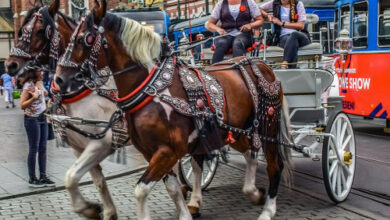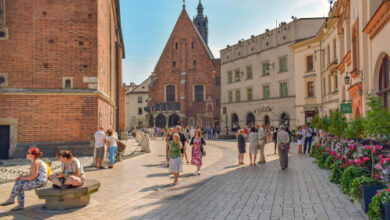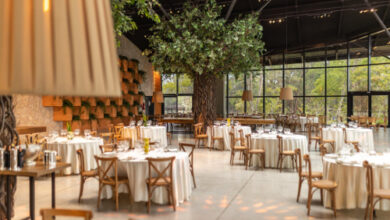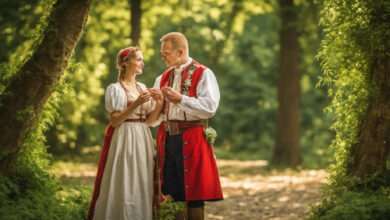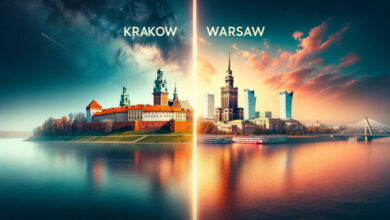Easter as a Catholic holiday is a complex custom and event. This is the most important holiday in the Catholic Church. Combined religious dimension with Slavic-Polish customs and superstitions. The most important religious period is the last three days of the so-called Holy Week – Paschal Triduum – Thursday, Friday and Saturday. Check with us how looks Easter in Krakow.
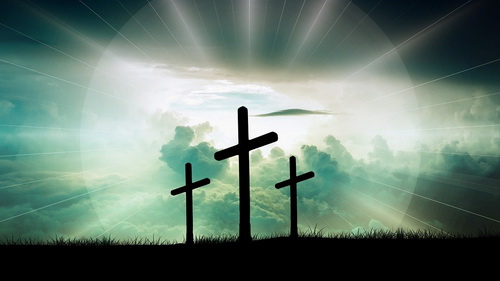
Table of Contents:
Maundy Thursday
In the Thursday evening, the Mass of Lord’s Supper is celebrated in the churches. It is celebrated in remembrance of Jesus’ last meeting with his apostles.
The Blessed Sacrament after mass is transferred to the so-called “dark cellar” and the tabernacle remains empty and open.
This is to symbolise the end of the supper, the abandonment of Christ by loved ones.
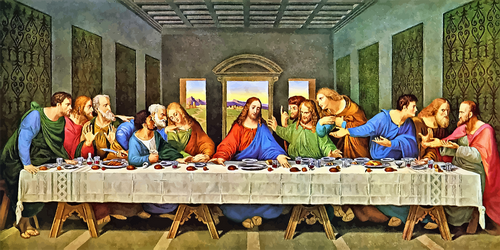
Good Friday
This is the day when Christ’s followers go to perform the Stations of the Cross. It is a day of reflection over Jesus’ death and his passion. On this day, strict fasting applies.
After the liturgy, the Eucharist is transferred to the so-called Holy Sepulchre – this symbolizes Jesus’ death and placing in the grave. From this moment, scouts or firefighters watch the Lord’s Tomb till his resurrection.
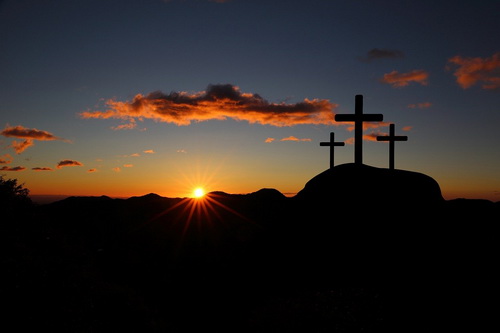
Holy Saturday
It is a day of waiting for Jesus, that day there is no mass. Poles prepare ‘Święconka’ that day – it is a basket containing the most important foods. Eggs, Easter eggs, lamb made from butter or sugar, salt, bread, sausage, horseradish, honey, pepper, Easter cakes and garlic.
The basket is made of wicker and decorated with boxwood. “Święconka” will be on the table on Easter morning. That same evening, a service is celebrated – counted to Sunday not Saturday – Easter Vigil.

Easter Vigil and Easter Day
Easter Vigil – This rite is celebrated only after dark on Saturday, bonfires are lit near the churches. The priest lights the fire and lights the big candle “PASCHAŁ“. The symbols of ALFA and OMEGA appear on the candle, which means that God is the beginning and the end.
The candle light also symbolizes Jesus, who, as good being, illuminates the church and the world, dispels the darkness of human life.
During the service, the water is blessed by immersing the “Paschal” candle in it.
The faithful meet again in the church usually at 6 a.m. in Resurrection. This is the solemnity of greeting Jesus in the resurrection procession around the church. Easter in Krakow is celebrated by the majority of residents.
Easter table is full of food: the blessed Easter basket, white borscht with sausage, horseradish, Easter cake, cheesecake and so on. Nowadays Easter in Krakow is important family and religious feast.
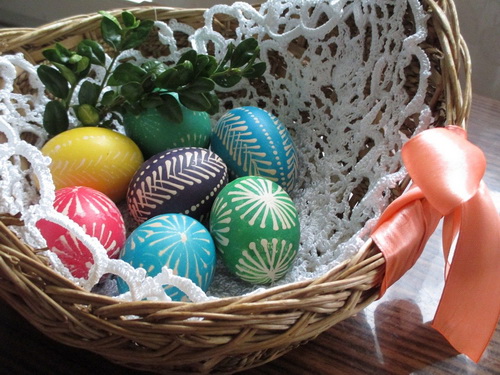
Easter Monday
Colloquially called Wet Monday or Śmigus Dyngus. It has its roots in the pagan tradition, when the bachelors poured water on the maidens they liked and wanted married in future, to this day the custom has changed and water is poured by everyone, young and old on everyone.
On Monday in the villages near Krakow is associated with the custom of pranking neighbours – such as changing gates of property or placing agricultural equipment on the roofs for example wooden carts.
Read also:
- Best Coffee Shops and Cafes in Krakow
- Best Museums and Galleries to Visit in Krakow
- Best Summer Festivals and Events in Krakow
- Galeria Krakowska
- Krakow Four Day Itinerary
- Krakow: Medieval History City Walking Tour
- Krakow Shows and Musicals
- Must-Try Traditional Polish Dishes in Krakow
- The Lady with an Ermine at the Czartoryski Museum
- Where to Eat the Best Pierogi in Krakow
In Krakow, at the Norbertine monastery in Salwator, the Emmaus church fair is taking place. The indulgence is accompanied by stalls, folk toys fairs, children’s roundabouts and raffles. The indulgence is named after the village of Emmaus, to which Jesus went after his resurrection.
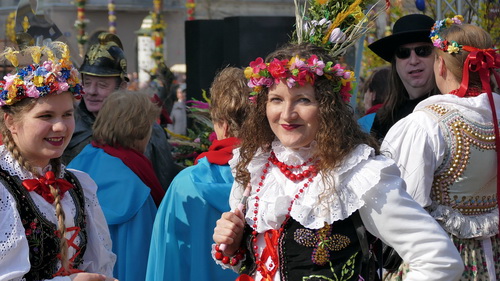
Check also:
Traditions of Easter in Krakow
Its special time in Krakow for families to cook together, spending time together and building bonds, and prepare our souls for coming of Christ.
Its truth that many pagan customs were transformed or converted to be part of Polish Easter, its why make it unique event.
